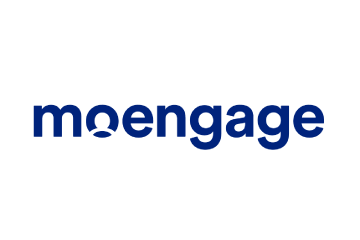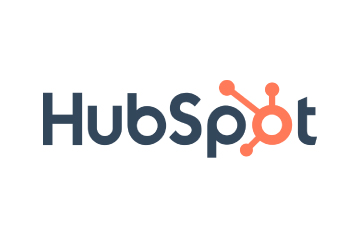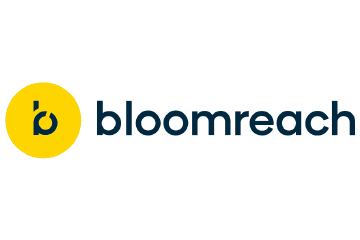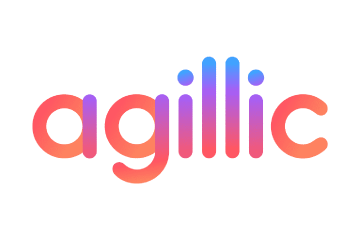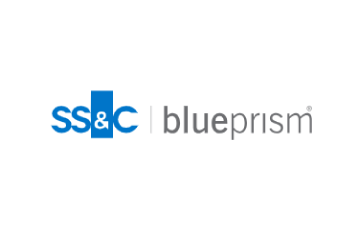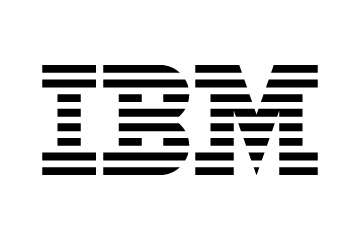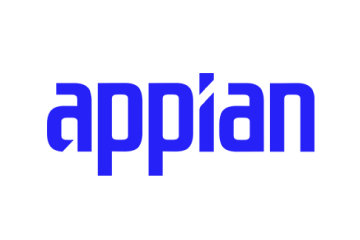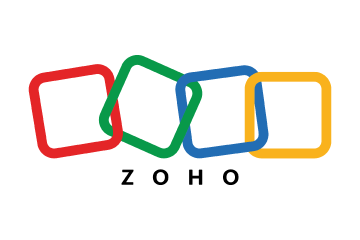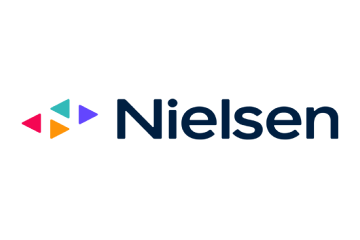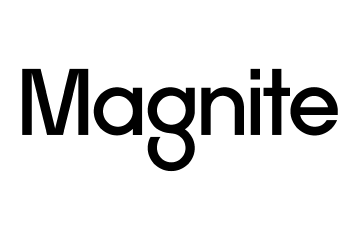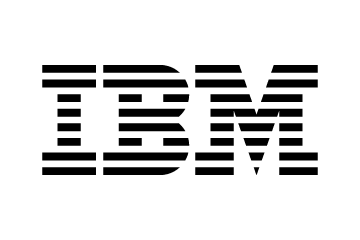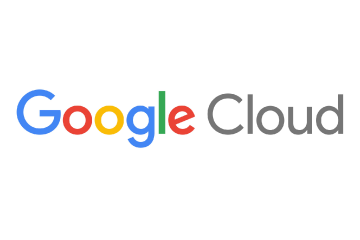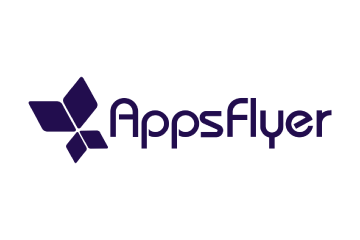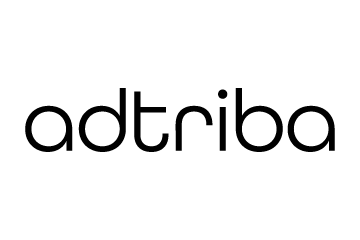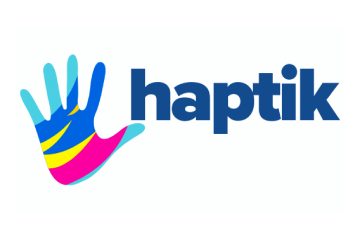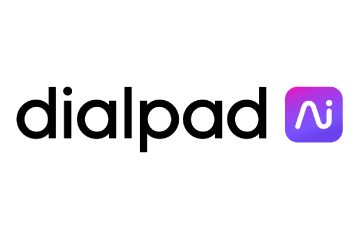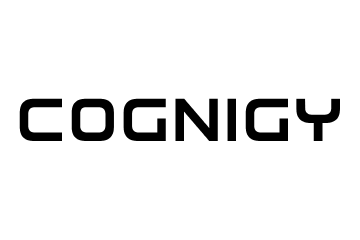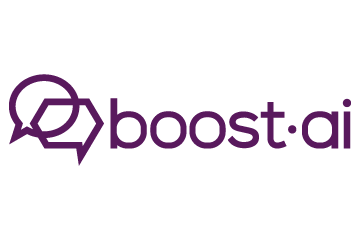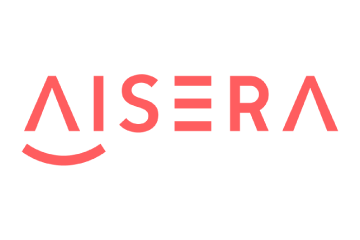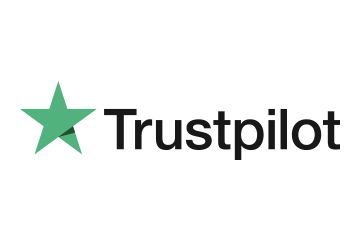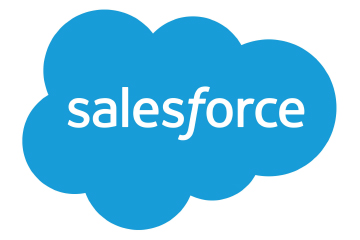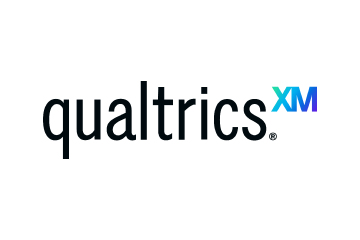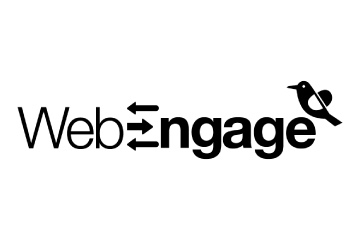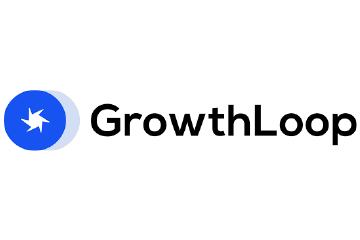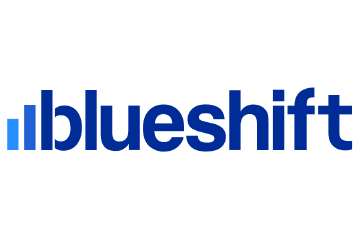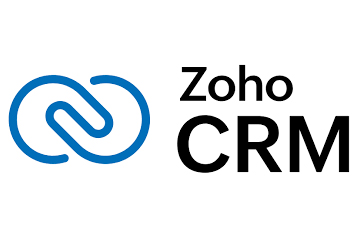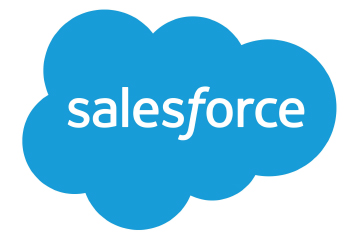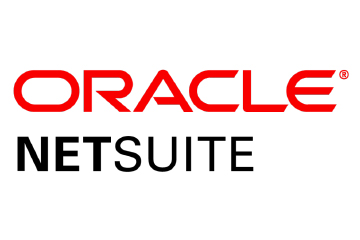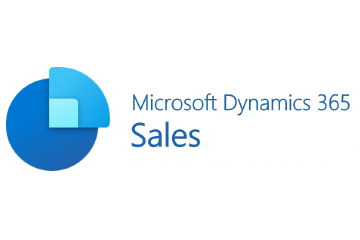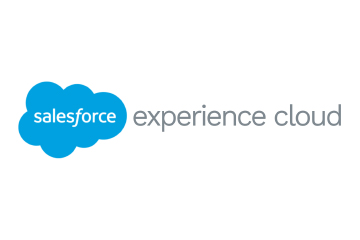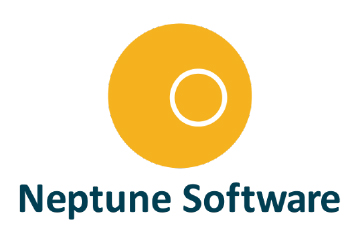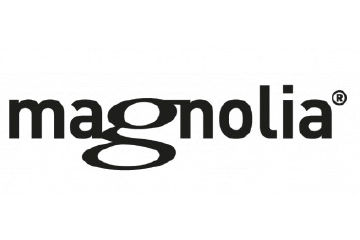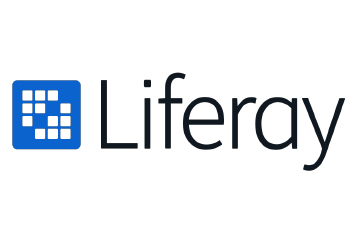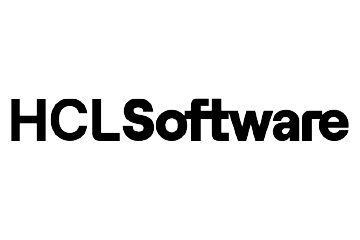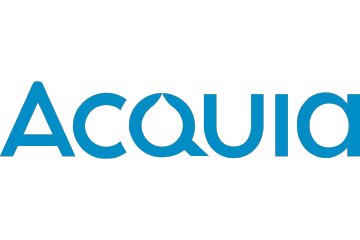Apple’s WWDC 25 Day 2 Updates: Wallets, CarPlay, and the Invisible Interface
The marketer’s goal in 2025 isn’t just to capture attention; it’s to stay present across invisible moments. With these new updates, Apple is enabling that, and brands that lean in early will own the future of omnichannel loyalty.
Topics
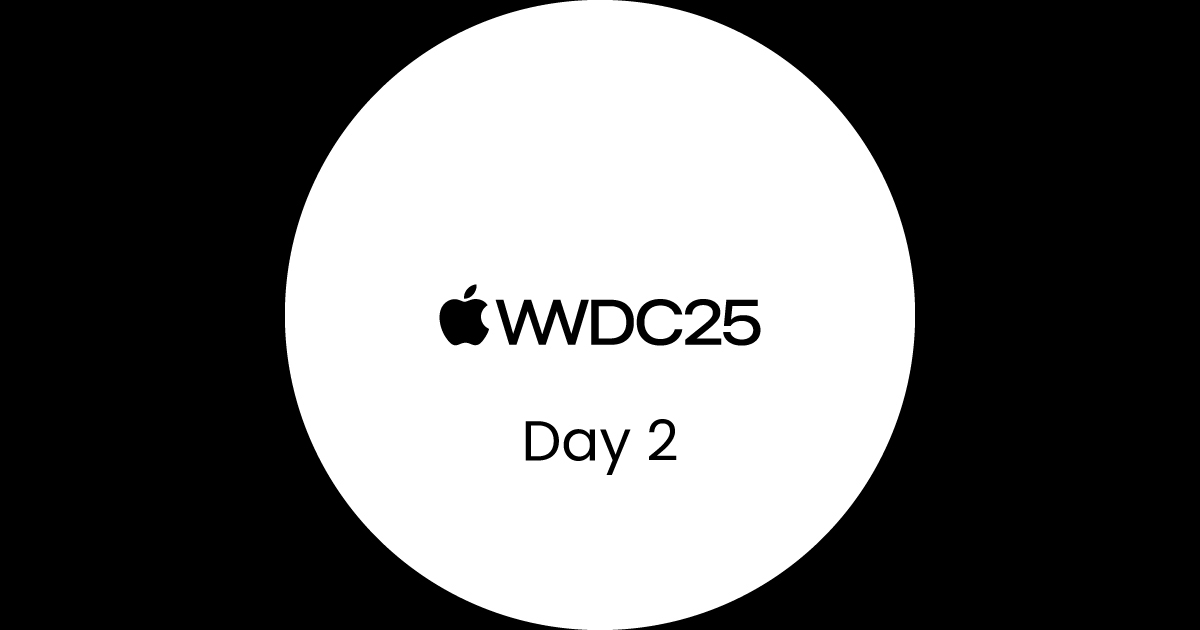
Day 1 of Apple’s WWDC 2025 offered Middle East marketers a high-level view into the future of spatial design and AI. Day 2 took a quieter but equally meaningful turn. Apple’s software updates signal a shift in how, where, and when brands can interact with customers, particularly across post-purchase and in-transit experiences.
A standout evolution is the transformation of Apple Wallet. Long viewed as a passive payment repository, Wallet now behaves more like a dynamic engagement channel. Brands can customise how they appear within Wallet cards for delivery updates, recurring billing reminders, or event tickets.
These aren’t just static notifications: they support images, brand logos, and rich descriptions that persist across a customer’s lifecycle.
What’s more, Wallet now parses structured data from transactional emails. This means a well-formatted order confirmation email can automatically trigger a live delivery tracker inside Wallet. The customer doesn’t have to open your app or tap a push—they just glance at Wallet. For ecommerce, mobility, or travel brands in the Middle East, this opens up an entirely new way to stay top of mind after the sale.
Meanwhile, Apple’s updates to CarPlay turn the vehicle dashboard into a new canvas for marketers.
With the introduction of compact Live Activities and system widgets, brands can now display glanceable updates directly in the car’s interface. A food delivery service can display ETAs right next to the maps interface. A ride-sharing app can push alerts about upcoming pickups or offer reminders to apply loyalty points.
Importantly, these interactions are built with safety in mind. CarPlay adapts UI elements across screen types using Apple’s Liquid Glass design, and even supports navigation instructions within the heads-up display cluster.
This creates a seamless, low-friction space for brands to engage customers mid-journey, without demanding their attention.
ALSO READ: Apple WWDC 2025: Personalisation, AI, and Spatial UX
These enhancements resonate especially in markets like the UAE and Saudi Arabia, where time in cars often rivals time on screens. For omnichannel marketers trying to deliver consistent experiences across multiple touchpoints, CarPlay isn’t just a tech curiosity; it’s a serious channel to consider.
Underpinning both Wallet and CarPlay is a more powerful, privacy-respecting measurement framework: AdAttributionKit. While Apple’s privacy stance has limited granular targeting, it’s now offering smarter ways to analyse campaign performance without compromising customer identity.
With iOS 26, marketers gain access to multi-campaign attribution, country-level postback data, and custom attribution windows. This is a meaningful upgrade for teams operating across fragmented regions like the Middle East. Brands can now tailor their re-engagement campaigns not just by interest or cohort, but by geography and funnel velocity.
If a campaign is running in the UAE, Egypt, and Jordan, marketers can compare performance across those countries, even without customer-level data. They can also adjust the attribution window based on campaign type: a seven-day window for luxury goods, a two-hour window for flash deals.
As digital marketing becomes more embedded in daily life, Apple’s ecosystem is no longer just a delivery mechanism—it’s part of the journey. Wallet and CarPlay now act as ambient marketing surfaces, surfacing the right message at the right time, without friction.
The opportunity is clear for brands in the Middle East: reimagine post-purchase and in-transit engagement. Use Apple-native infrastructure not just to personalise, but to persist.
The marketer’s goal in 2025 isn’t just to capture attention; it’s to stay present across invisible moments. From the tap of a card to the turn of a wheel, Apple is enabling that, and brands that lean in early will own the future of omnichannel loyalty.











